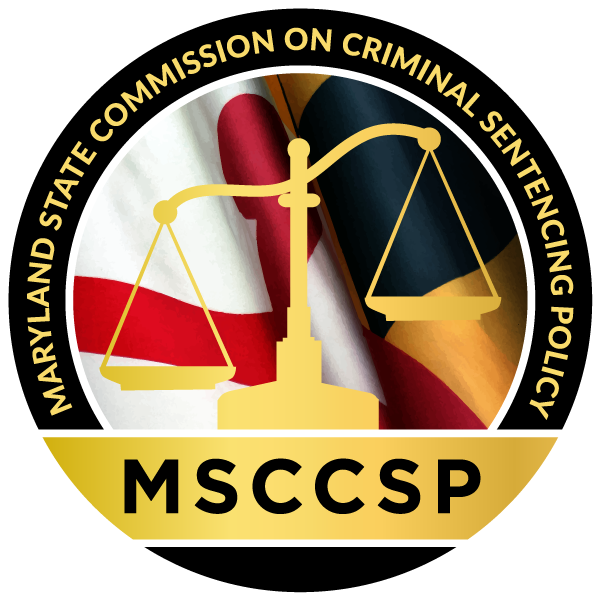Frequently Asked Questions (FAQs)
Q1: Do I have to complete a sentencing guidelines worksheet if the possibility of incarceration is less than one year?
Q2: How does the date of sentencing relate to changes in guidelines?
Q3: Should an offender be given points under "Victim Injury" if the offender was involved in the criminal event, but not in the actual injury of the victim?
A3: Yes, if a victim is injured in a criminal event, any offender guilty of the offense(s) constituting that event should be given points in the offense score for victim injury. MSGM 6.1(B).
Q4: Are weapon points awarded for offenses where a weapon was present but not used?
A4: Yes, weapon points are awarded for any criminal event where a weapon is present. MSGM 6.1(C).
Q5: If an offender injures a victim during a criminal event involving an automobile, is the automobile considered a weapon?
Q6: What does section A under "Offender Score" on the worksheet mean?
Q7: When determining an offender's prior adult criminal record to determine the offender score, is a nolo contendre plea or a sentence to probation before judgment (PBJ) considered an adjudication of guilt?
Q8: When calculating an offender's prior adult criminal record, if an offender has been convicted of another offense but not yet sentenced--should that conviction counted in the history?
Q9: Do I need to complete an offense score and offender score if the offender is charged with murder and the guidelines range is "life to life"?
Q10: What is the difference between seriousness categories III-A, III-B, and III-C in the drug matrix?
Seriousness category III-B is used for non-marijuana and non-MDMA offenses that have a seriousness category III, such as distribution of schedule I or II narcotics or hallucinogenics (e.g., heroin, cocaine, PCP, and LSD) (CR, §5-608; CR, §5-609) or distribution of large amounts of controlled dangerous substance (CR, §5-612(a)).
Seriousness category III-C is used for importation of certain controlled dangerous substances, other than marijuana (CR, §5-614(a)).
Q11: When the non-suspendable mandatory minimum and/or maximum sentence falls outside the calculable guidelines range, which controls?
Note: Offenses with non-suspendable mandatory minimums are marked in the sentencing guidelines offense table with the indicator “MM*”.
Q12: Are there instances when the guidelines should be adjusted due to unique circumstances (e.g., multiple victims, subsequent offender status)?
Q13: How many sentencing guidelines worksheets should be completed for a criminal event with multiple victims?
Q14: How do you calculate overall guidelines for a criminal event with multiple victims and less than two seriousness category I or seriousness category II offenses (i.e., "stacking rule")?
For example, an offender with an offender score of 0 has been adjudicated guilty for 2 counts of 1st degree assault [CR, §3-202], a person offense, seriousness category III. There were two victims, neither of whom was injured, neither of whom had a special vulnerability, and there was no weapon present during the crime – making a total offense score of 5. The guidelines range for offender score 0 and offense score 5 for each count of Robbery is 3M-4Y. The upper limits should be added or “stacked” (to reflect two victims) so the correct overall guidelines range is 3M-8Y.
Q15: What is the seriousness category of "violation of protective order, 1st offense"?
Q16: Where is "reckless endangerment" located in the sentencing guidelines offense table?
Q17: Where is "uttering" located in the sentencing guidelines offense table?
Q18: Where is "resisting arrest" located in the sentencing guidelines offense table?
Q19: Why aren't some offenses included in the sentencing guidelines offense table?
The first reason is that the instant offense is not a guidelines offense. Offenses that carry no possible penalty of incarceration, along with a few other exceptions, are not guidelines offenses. No sentencing guidelines worksheet should be completed for these offenses.
Another reason is that the offense satisfies the definition of a guidelines offense but has a maximum penalty of 1 year or less. The Commission has determined that offenses that are not otherwise listed in the offense table and are punishable by a maximum penalty of 1 year or less should automatically be assigned an offense seriousness category VII. A worksheet should be completed using seriousness category VII for these cases.
The final reason is that the offense, though it satisfies the definition of a guidelines offense, is newly enacted and has yet to be included in the offense table. If this is the case, a worksheet should be completed using the closest analogous guidelines offense to determine the seriousness category. If you believe there is an error or omission in the Guidelines Offense Table, please contact the MSCCSP staff by e-mail or by phone at (301) 403-4165.
Q20: How can I learn more about sentencing guidelines worksheet preparation?
A20: The MSCCSP staff is available to conduct worksheet training sessions at your convenience. They regularly travel throughout the state to train and assist practitioners in guidelines worksheet completion. Judges, State’s Attorneys, Public Defenders, and Parole & Probation agents have all participated in various forms of these training sessions. If you would like to schedule a session, please contact the Commission’s Training Coordinator.
Q21: How can I get a copy of the Maryland Sentencing Guidelines Manual?
A21: Click here to view and download a print friendly version of the manual. Both the manual and the offense table are text searchable for your convenience.




